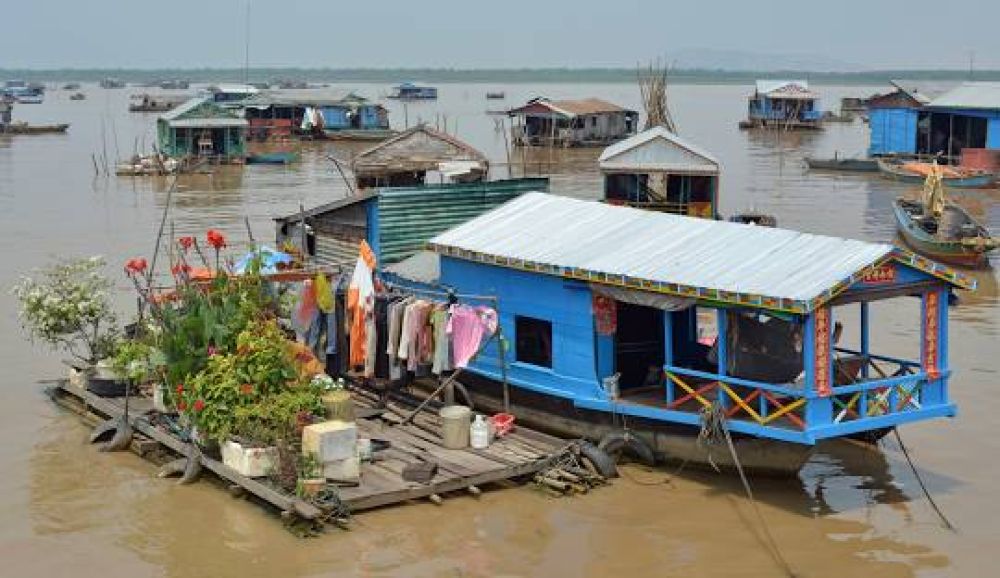

Situated in the heart of Cambodia, Tonle Sap Lake is Southeast Asia's largest freshwater lake and an ecological wonder. It has long been an important source of livelihood for the Cambodian people, with its rich biodiversity and seasonal flow changes. However, it wasn't until the late 20th century that Tonle Sap started to gain recognition as a tourist destination.
Tourism in the area began modestly. In ancient times, Siem Reap was known chiefly for the magnificent temples of Angkor, which attracted scholars and explorers. For many years, the lake was purely a fishing and agricultural hub, with little infrastructure to support tourism.
With the opening of Cambodia to international tourism in the 1990s after decades of political and civil unrest, visitors began to recognize the natural and cultural beauty of Tonle Sap. This led to a growing interest in the lake's floating villages, unique ecosystems, and bird-watching opportunities.
In 1997, the Tonle Sap Biosphere Reserve was designated by UNESCO, highlighting its global significance and drawing more attention to its conservation needs. This recognition raised the profile of Tonle Sap as a place of ecological and cultural importance, further promoting tourist interest.
The early 2000s saw a shift towards eco-tourism and sustainable travel practices globally. Tonle Sap's tourism offerings expanded to include community-based tours that provided an authentic glimpse into the lives of local people while emphasizing the preservation of the lake's environment.
In recent years, infrastructure around Tonle Sap has developed with better roads, improved boat services, and a range of accommodations. While this has made the lake more accessible to tourists, it has also brought challenges related to the environmental impact and the need for responsible tourism practices.
Today, visitors to Tonle Sap can experience a variety of activities – from bird watching and visiting floating markets to cultural exchanges and photographic tours. There is a growing trend towards experiences that are both immersive and mindful of conservation efforts, such as participating in environmental clean-ups or staying in eco-lodges.
Like many tourist destinations around the world, Tonle Sap has experienced a downturn in visitors due to the global pandemic. However, as travel restrictions are gradually lifted, there is a new focus on domestic tourism and the potential for a resurgence of international visitors seeking natural, less crowded destinations.
The future of tourism at Tonle Sap is anchored in balancing growth with sustainability. Efforts are being made to enhance visitor experiences while safeguarding the ecological integrity of the lake and providing benefits to the local communities that call Tonle Sap home.
Tonle Sap Lake has come a long way from being a secluded natural resource to becoming a renowned tourist destination. As it continues to welcome visitors from around the globe, the commitment to environmental stewardship and community well-being remains integral to its enduring appeal.